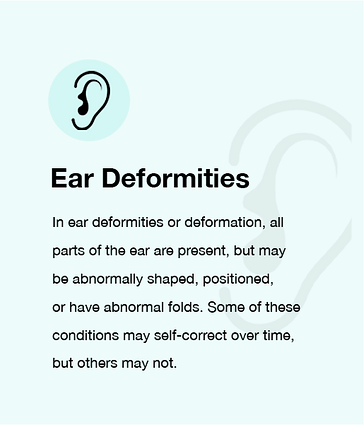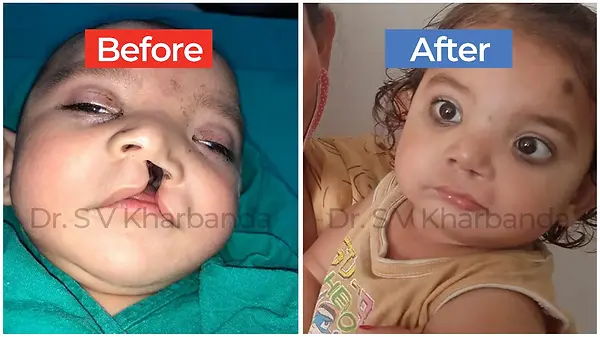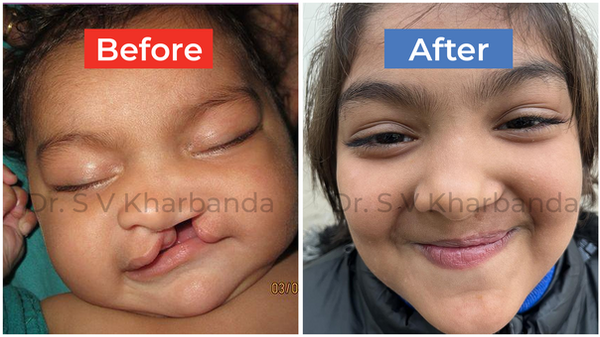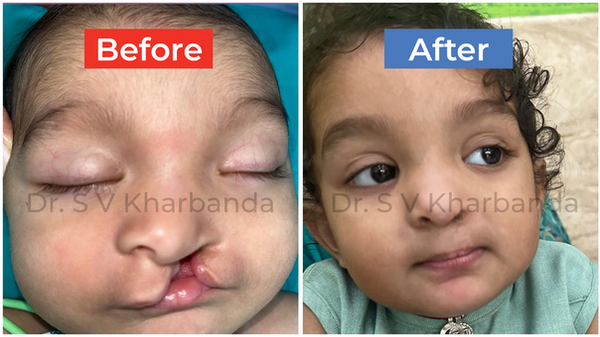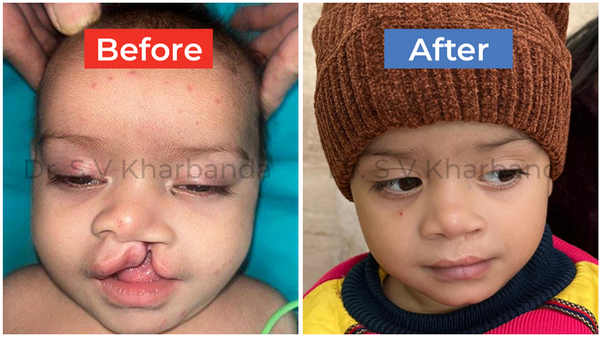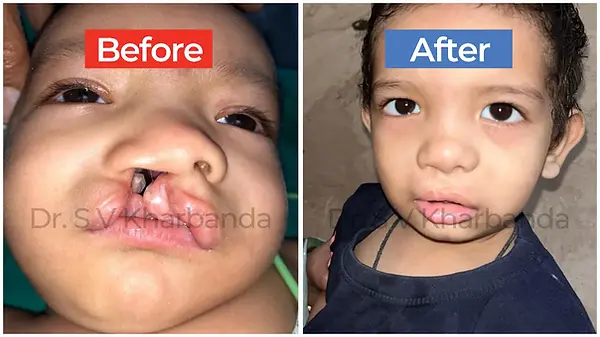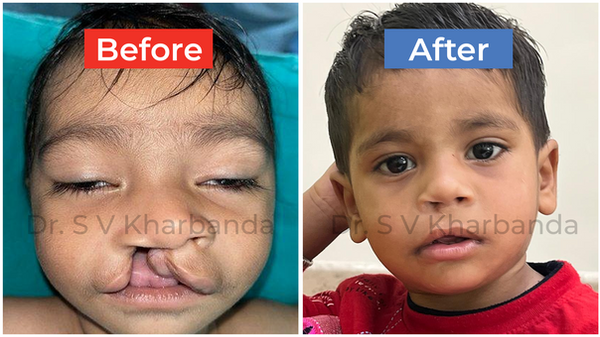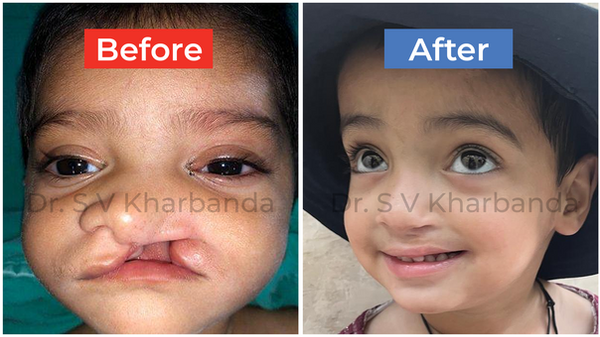Cleft lip with cleft palate
Occurrence rate: 1 in every 1,563 births
Overview: A type of orofacial cleft, this birth defect occurs when both the lip doesn’t join completely (cleft lip) and the roof of the mouth doesn’t join completely (cleft palate). Surgery during the first 12 to 18 months of your child’s life can correct the issues.
Cleft palate
Occurrence rate: 1 in every 1,687 births
Overview: This type of birth defect occurs when just the lip doesn’t join completely in utero. Depending on the severity, the opening can be small or large enough to extend into the nose.
Congenital heart defects (CHD)
Occurrence rate: 1 in every 110 births
Overview: A heart defect is an umbrella term to describe any structural heart issue that affects how the organ works. Some defects impact how blood flows due to holes in the heart while others are more specific to parts of the heart, such as the aorta.
Hypospadias
Occurrence rate: 1 in every 200 births
Overview: This male defect occurs when the opening of the urethra is located on the underside of the penis instead of at the tip. This causes difficulty urinating, and surgery is often required.
Ventricular septal defect
Occurrence rate: 1 in every 240 births
Overview: Known as a hole in the heart, ventricular septal defects are the most common heart defect. The defect occurs when the wall between the left and right ventricle (lower chambers) doesn’t form properly and leaves an opening between the two. Some VSDs get smaller or close on their own while larger holes require surgery.




